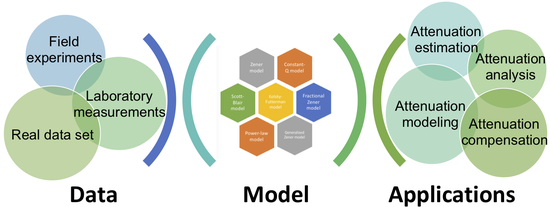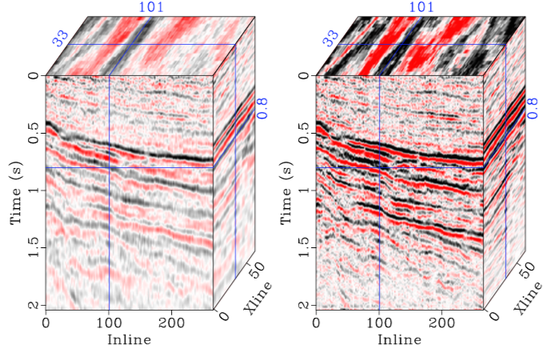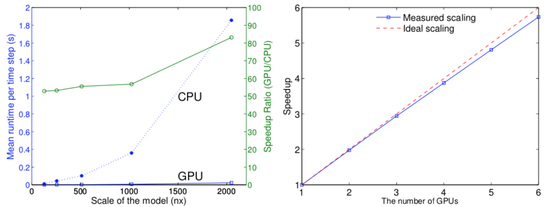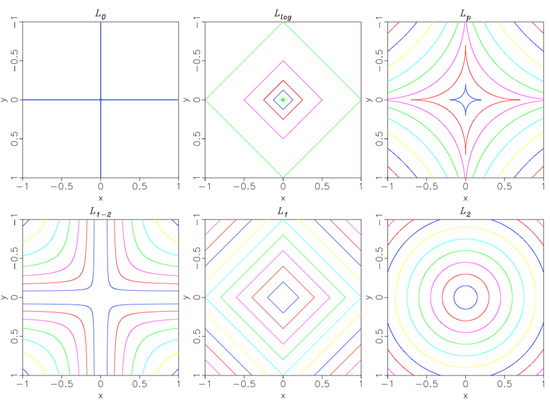I am currently a Visiting Student Researcher in Geophysics at Stanford University, collaboration with Prof. Jerry M. Harris. I am also a Ph.D. Candidate in Geophysics at China University of Petroleum, Beijing advised by Prof. Hui Zhou.
My research interests span the areas of seismic modeling, imaging and inversion, seismic signal processing, high performance computing, and deep learning. A common thread in my research is in understanding wave propagation in attenuating media and design of the state-of-the-art algorithms and general framework to compensate the subsurface $Q$ filtering effects, so as to achieve high-fidelity seismic profiles and images. I am an advocate of Reproducible Research. I am a fan of Leo Messi.
Interests
- Fractional models and Fractional calculus
- Seismic attenuation models and compensation
- Seismic Modeling, Inversion, and Imaging
- Seismic Signal Processing
- High-performance Computing
Education
-
VSR in Geophysics, 2019
Stanford University
-
Ph.D. in Geophysics, 2019
China University of Petroleum, Beijing
-
MSc in Geophysics, 2016
China University of Petroleum, Beijing
-
BSc in Exploration Technology and Engineering, 2014
Yangtze University




